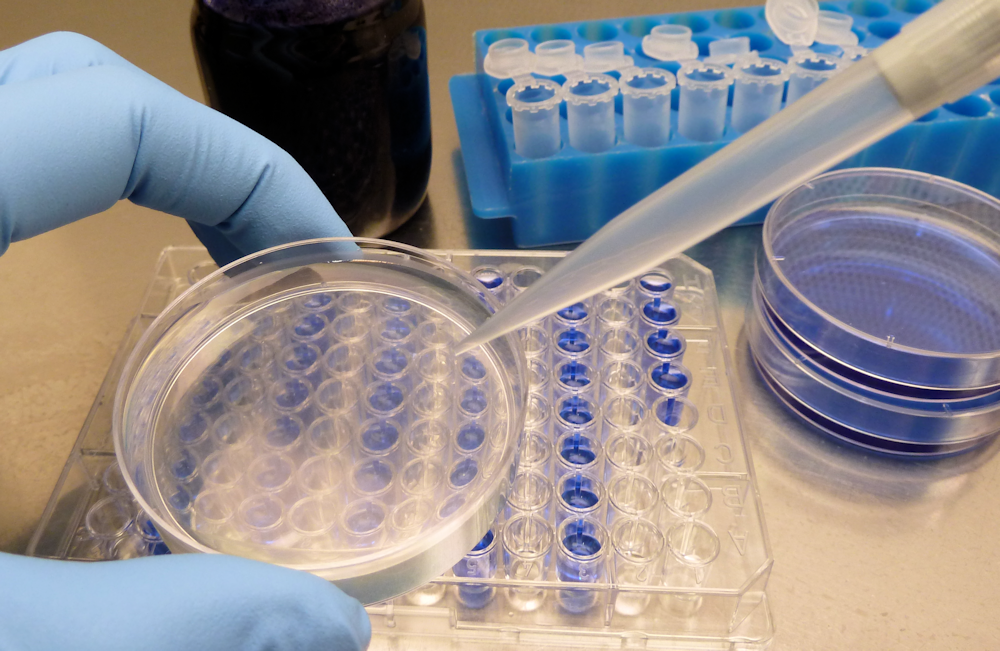Chemosensory cells in the mucous membrane of the trachea can recognize signals of dangerous lung bacteria and then activate an innate defense mechanism – the so-called mucociliary clearance. In this process, a coordinated reaction of ciliated cells ensures that pathogens are removed from the lower respiratory tract. The molecular mechanism of this defence reaction has now been deciphered by a consortium of researchers from various disciplines and universities. A team led by the COMM member Prof. Frank Zufall from the Department of Physiology at the Saarland University is also involved. The research results have been published in the journal “Immunity”: https://doi.org/10.1016/j.immuni.2020.03.005
For details, please visit the UdS Press release (04/14/20)
Chemosensorische Zellen in der Schleimhaut der Luftröhre können Signale gefährlicher Lungenbakterien erkennen und daraufhin einen angeborenen Abwehrmechanismus aktivieren – die sogenannte Mukoziliäre Clearance. Dabei sorgt ein koordinierter Wimpernschlag von Flimmerzellen dafür, dass Pathogene aus den unteren Atemwegen entfernt werden. Den molekularen Mechanismus dieser Abwehrreaktion hat jetzt ein Forscher-Konsortium verschiedener Fachrichtungen und Universitäten entschlüsselt. Mit dabei ist auch ein Team um das COMM-Mitglied Prof. Frank Zufall (Physiologie, Universität des Saarlandes). Die Forschungsergebnisse sind in der Zeitschrift „Immunity“ publiziert worden: https://doi.org/10.1016/j.immuni.2020.03.005
Nähere Informationen in der UdS Pressemitteilung vom 14.04.2020

